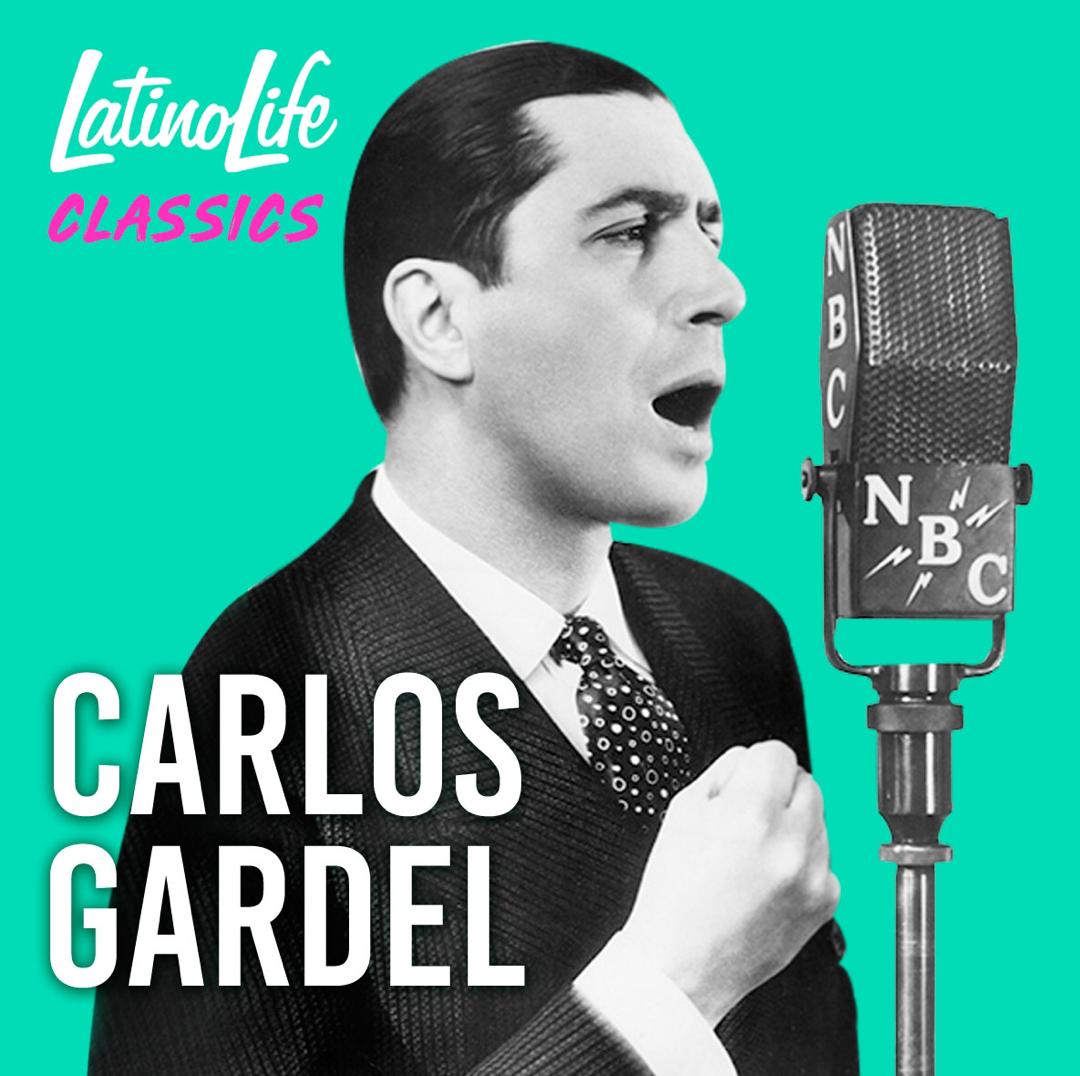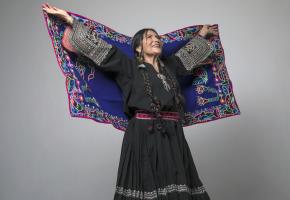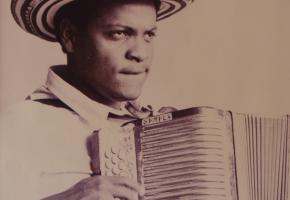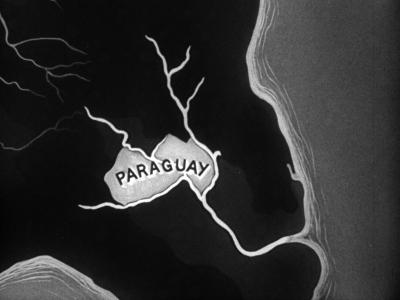If you are Uruguayan, Carlos Gardel was born in Tacuarembó, Uruguay. If you are French, Carlos Gardès was born in Toulouse, France. For Argentines Carlitos Gardel could only be Argentino. Whatever the truth, which is disputed due to the absence of a birth certificate, a two year old Carlitos arrived to Argentina in 1892 where his mother settled in the provincial town of San Nicolás, just outside Buenos Aires, and worked pressing clothes in the French style that was fashionable in in South America at the rtun of the 20th century.
Carlos grew up with limited education, ending his schooling after only the second year of high school, in 1906. Mentored by José Betinotti, who named him El Zorzal Criollo - The Creole Thrush - due to the sweetness of his voice, he began singing and was soon performing in bars, parties and restaurants as well as political meetings.
In 1910 Gardès changed his name to Gardel - his artistic name at the Café O'Rondemann and soon became renowned for his beautiful voice. There he acquired a new nick-name, El morocho del Abasto, (the dark one from Abasto) after his dark good looks.
During a singing match, Gardel formed a lasting duo with José Razzano, a singer at the café El Pelado. Over the next few years they toured Argentina under the name Dúo Nacional Gardel-Razzano playing at the prestigious Cabaret-Restaurant Armenonville and finally at the Teatro Nacional of Buenos Aires.
So now he had the voice, the good looks, that were getting the young ladies in a stir, all he needed was the macho image. This he aquired in December 1915, after a performance in the San Martín theatre, when he had a fight with Ernesto Guevara Lynch (incidentally the father of the infamous Ernesto Che Guevara) who pierced his lung with a bullet.
In 1917 Gardel's rendition of Pascual Contursi and Samuel Castriota's Mi noche triste, and with this created the tango-canción. The recording sold 10,000 copies and was a hit throughout Latin America.
And his career took off! He starred in his first silent film Flor de Durazno, and began touring tour Chile, Montevideo, Brazil and Spain. He sang on the Buenos Aires radio show Low Gran Splendid and continued to record, accompanied by Francisco Canaro´s orchestra. His career eventually spanned hundreds of recordings, including 514 tangos.
Between 1928 and 1930, Gardel toured Italy, France and Spain. He sold 70,000 records in the first three months of a 1928 visit to Paris. In 1931 he shot his first full-length talking feature Luces de Buenos Aires that was the beginning of a film career that propelled him to global stardom. he made a number of films for Paramount in France and the U.S.
While sentimental films such as Cuesta abajo (1934) and El día que me quieras (1935) lacked dramatic value, his tremendous singing talent and movie star looks conquered Brazil, Puerto Rico, Venezuela and Colombia, even New York, where Gardel also made appearances and sang on NBC Radio.
Europe fell in love with the now-believed to be Argentine heart-throb and he continued touring in 1931 and 1932 to Cote d´Azur, Italy, London, Paris, Vienna, Berlin and Barcelona and, in Nice, hanging out with the likes of Charlie Chaplin.
In 1933 Gardel returned to Buenos Aires and recorded his last tango - Madame Ivonne - before leaving Argentina on another world tour, for ever, as it turned out, never to return.
At the height of his career, Gardel died in an airplane crash whislt on tour in Colombia becoming an archetypal tragic hero mourned throughout Latin America. For many, Gardel embodies the soul of the tango style.

















